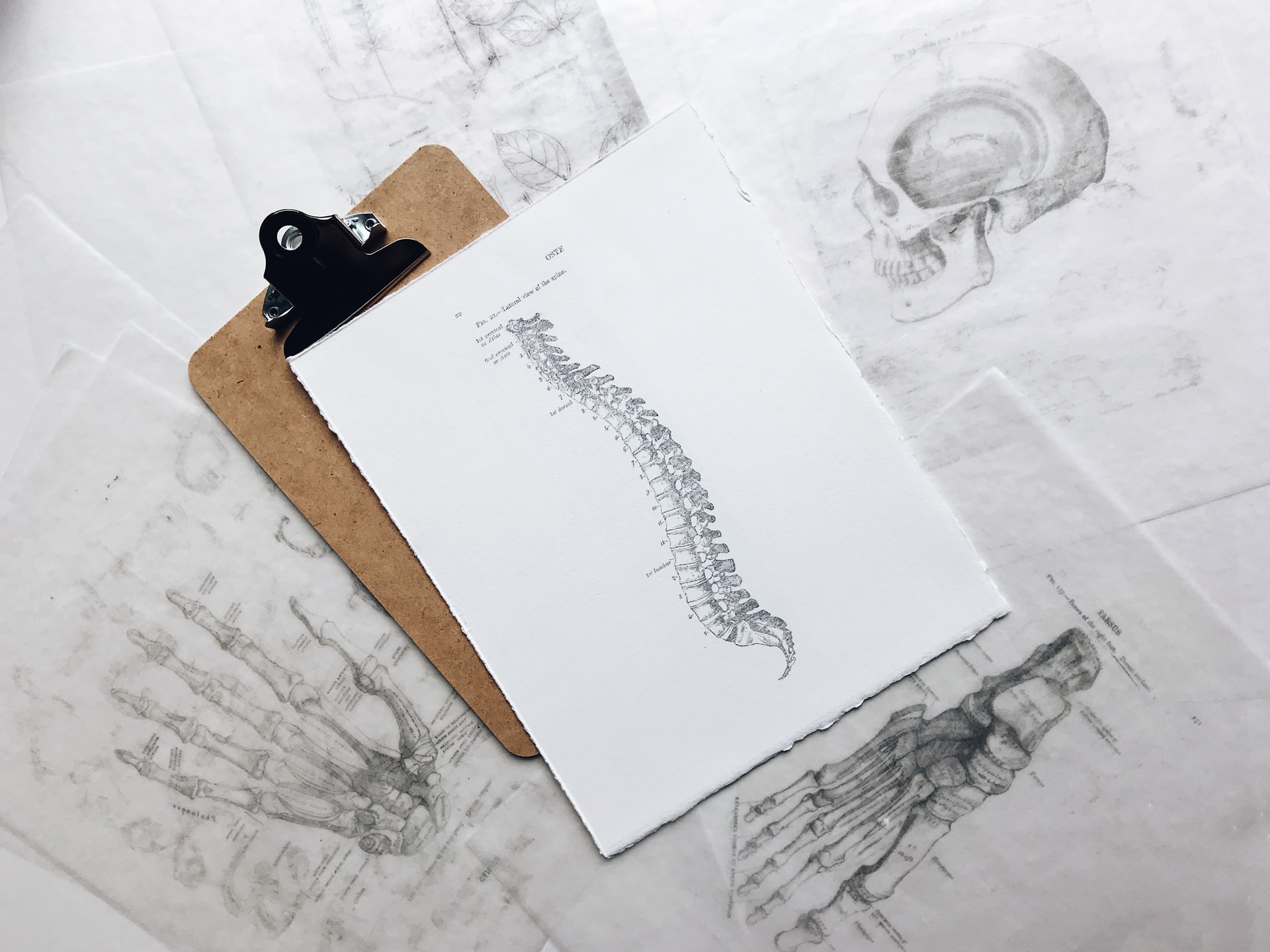our blog
What’s the Deal with Spinal Hygiene?
They say you’re only as young as your spine is flexible. But why is that important? The purpose of the spine is to house and protect the nervous system, and to send constant signals of feedback to and from the brain and body. Dysfunction in the spine not only can be painful whether it be the joints or the discs, but as spinal dysfunction increases this contributes to interference and normal neurological signaling. Without proper neurological signaling the body cannot function and heal as it was intended to. Homeostasis cannot be maintained. The body cannot make dynamic shifts between a fight or flight stress response and a regenerative rest digest and heal response. As spinal joints lose their motion the brain gets less information about its surrounding environment and about there the body is located in space.
Movement of spinal joints not only generates necessary information to the brain, but it is also the primary way discs in the spine receive nutrition and remove waste. If we have fixated joints in the spine, the discs dehydrate and deteriorate leading to further stress upon nervous system.
A simple analogy would be to relate spinal hygiene and dental hygiene. Most people have some sort of regular dental maintenance that they practice. It probably looks something like brushing daily, flossing occasionally, and seeing the dentist every so often for a cleaning.
The spine can deteriorate just as the teeth can if we do not take care of it. When the spine deteriorates it affects the way the nervous system is able to function, possibly leading to pain, trouble walking, issues with bowel and bladder control, and so on, depending on where in the spine we have compromise.
It is clearly a no-brainer that spinal care is a lifetime affair. If you would like to practice better spinal hygiene and set yourself up for a healthy nervous system not only now, but as you age, here’s where you can start.
Spinal Hygiene
Mobility
Strength
Alignment
The three main aspects of spinal hygiene are mobility, strength, and alignment. Mobility is movement of each individual spinal joint. This can be supported by yoga, by foam-rolling, or using mobilization to release some of that fixations of the of the spine and other joints. Core strength is the next important component. The purpose of the core musculature is to stabilize the spine and the back and also to allow the transfer of forces between arms and legs. The core needs to be able to coordinate support of the spine through normal activities and range of motion. The third aspect is alignment. Spinal alignment is the job of your chiropractor to correct and you to maintain. Spinal alignment is important because when we have misaligned spinal segments, they become fixated and this misalignment can put direct interference into the communication of the nervous system. When we have interference in the signals of the nervous system, there exists dysfunction is whatever target tissue that specific nerve supplies, whether that be a muscle, organ, gland, cell, etc. The spinal misalignment causing neurologic dysfunction can be related to the dental cavity. By the time we feel pain or symptoms from the actual cause of the problem, we have been growing into that problem for some time. Practicing proper posture while standing and seated, finding healthy outlets for stress, staying active, and eating well are all important aspects of maintaining proper spinal alignment.
For more on spinal hygiene, the nervous system and how you can get checked to ensure you are functioning at your best, reach out to Drs. Taylor and Michelle at Pascal Chiropractic. Follow our blog or social media pages to keep up to date.

2020 © Pascal Chiropractic | All Rights Reserved | Privacy Policy | Powered by Drip Convert

